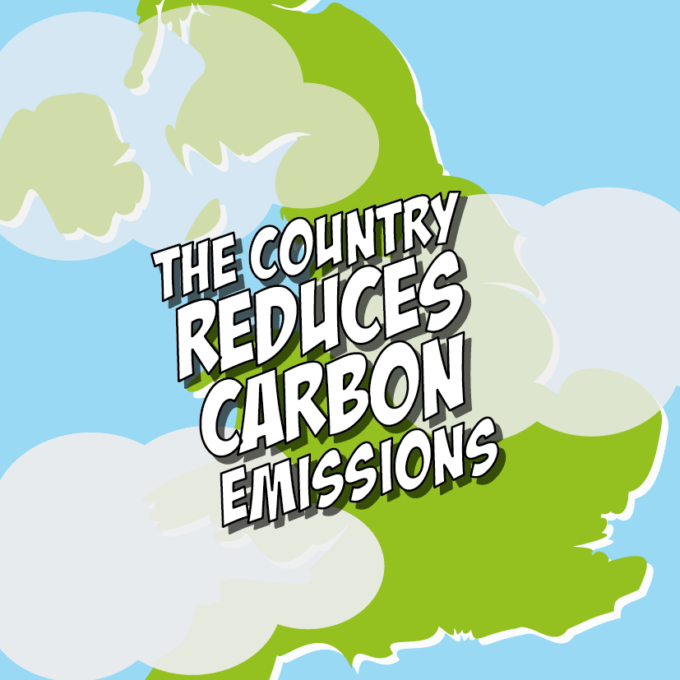Sustainability series: Fighting the war on climate emergency
Carly Hilkin, Associate Director
In times of hardship, community is more important than ever. We go to those around us for support, both out of necessity and a collective appreciation for what’s hit us. And this has never been truer than now, with COVID-19.
Around the world, countless aid groups have been created to look after the most vulnerable in our communities – volunteering to pick up shopping, deliver medicines and personal protection equipment, the list goes on. Within a few weeks of lockdown, the UK had a million-strong network of social volunteers through the NHS while local shops shifted their focus to try and best meet local community needs.
The community spirit in reaction to COVID-19 demonstrates how by helping others, we are better able to make sense of a crisis, and our role in it. In short – it gives us purpose.
The arrival of the COVID pandemic, like other crises, has demonstrated community action is the frontline of defence. So this begs the question, how can we sustain community spirit and apply it to other crises we face globally, such as climate change?
While there is a lot behind what it takes to galvanize and bring together communities, I’d like to offer my take from a communications perspective: the importance of localising your message.
Applying learnings to climate change
In July we published research finding that COVID-19 had deepened concerns for climate change, with more than half of the British public (58%) wanting to see the same level of urgency applied to tackle the COVID pandemic also applied to combat the climate crisis.

The same survey found that an overwhelming majority are concerned about climate change (66%), and 62% want the UK government and businesses to prioritise tackling it post-pandemic. The majority care and are paying attention to the subject, but nearly a third (32%) also report “tuning out” some of the climate change stories in their newsfeeds.
In other words, most of us want to see action taken on climate change – but today’s communications on the subject aren’t always breaking through the noise.
The massive scale of community engagement and action in response to COVID, is a case-in-point and reminder to think local. In order to break through the noise, government and businesses alike should be taking extra time to understand local needs and context when communicating with their stakeholders.
Ask yourself – what does this mean for our audience’s local community? And more importantly, what action can they take at a local level? How can they be empowered?
The same lens should be applied to climate goals and targets. What does a 5-year sustainability target mean on a local, actionable basis?
The concept of “thinking global and acting local” has been around for decades – and in fact was originally coined to tackle environmental challenges. What it means for communications isn’t rocket science, but it is important to remember and surprising how easily it can be forgotten in campaigns.
Looking ahead

The COVID pandemic is changing the way we live and what is possible. Fear and uncertainty, driven by both the COVID virus itself and subsequent elevation of social issues around the world, can drive people apart. But it also critically creates the potential for more connectedness and more active, engaged communities in response to a crisis. We are all wide awake and aware of what is happening in our own backyards.
If there are positive outcomes that can be had from our current state, we should lean into the resurgence of community spirit – empowering local action to tackle global crises, including the biggest crisis facing us all – climate change.
Find Out More
-
Platinum CMS Award
March 13, 2024
-
Changing Communications Tack at Mobile World Congress
February 21, 2024


